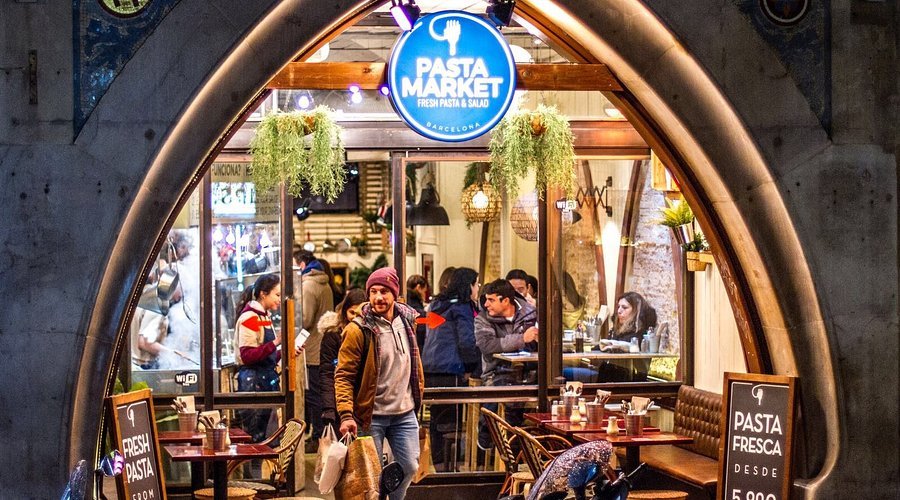Suddenly there is a hot news for the Indian Railways industry as Modi Government has given permission for the high-speed train between Mumbai and Ahmedabad. Globally known for lighter and faster trains, this Spanish locomotive-maker, Talgo will bring new step for the Indians toward the most high-speed train. These trains are already running in several places in Asia and the US. Moreover the Spanish train maker has offered to test run their lighter and faster trains free of cost.
Nine state-of-the-art train coaches has been dispatched on March 27 from Barcelona port in a cargo ship and will soon arrived in Mumbai port. Talgo will unload the cargo on April 21 at the Jawaharlal Nehru Port Trust (JNPT) port.
Conventional trains in India do not cross a certain level of speed while moving through the track as the track network is designed for both fast-moving passenger trains and slow-moving goods traffic. This makes it difficult to negotiate curves at high speed. This is also a great reason why the trains in India move so late. Usually the train manufactured by Talgo runs at a maximum speed of 200 kmph. But in India Talgo will run the trial train at a speed of 150-160 kmph.
As per the Indian railway ministry report the trains from the Jawaharlal Nehru Port Trust (JNPT) port will be brought to Izzatnagar depot after getting customs clearances. These coaches will be transported to Delhi for pre-trials on the Delhi-Palwal-Mathura section at a maximum speed of 180 kmph before a final trial on the Delhi-Mumbai route, somewhat later this month.
But the first Talgo train trial will be conducted between Bareilly and Moradabad rail route at a maximum speed of 115 kmph for oscillation test. After analyzing the result of the test run, railways will consider introduction of the Spanish made high-speed trains on other routes too.

The wheels in Talgo coaches are mounted in pairs but not joined by an axle and the bogies are shared between two coaches, compared to the conventional design in which bogies are fitted underneath individual coaches. Not only that the coaches are more easily insulated from track noise. Talgo trains will also change rail gauge to be fitted with variable gauge axles Railway officials said that each of the coaches of these trains would save up to Rs 1 crore as compared to the LHB coaches currently being used in Rajdhani and Shatabdi trains. As the average speed of these light weights aerodynamic coaches can be 50 per cent higher than the Rajdhani and Shatabdi trains and hence the travel time will come down significantly.
Madrid-based locomotive-maker Talgo to undertake trial runs of its lighter and faster trains that could cut travel time between Mumbai and Delhi from 17 hours to 12 hours without changing India’s ageing rail tracks. Besides reducing travel time, Talgo’s lighter trains consume 30 per cent less energy which will help railways reduce their power bill.

